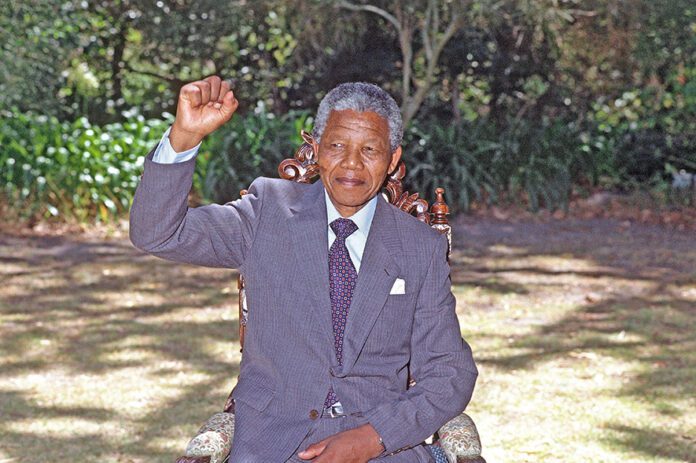By Joe Thloloe
We were at Freedom Park the other day to say thank you to Afrexim Bank for its grant of $225 000 (R3 937 500) over three years to the National Liberation Heritage Institute of South Africa (NaLHISA).
Do I hear questions: Freedom Park? Afrexim Bank? NaLHISA? That much money?
I’ve been to Freedom Park in Pretoria a few times, and each time I’m there, I have a lump in my throat.
Former president Nelson Mandela first envisioned Freedom Park in 1999: “ … we shall have a people’s shrine, a Freedom Park, where we shall honour with all the dignity they deserve, those who endured pain so we should experience the joy of freedom.”
And in April 2013, 10 years ago, former deputy president Kgalema Motlanthe officially opened the last phase of Madiba’s dream. Lush greens, gushing water, lights, arts of Africa – it is truly a tranquil oasis, a place of contemplation.
I’ve been to the Wall of Names before, searching for names of MaAfrika who spent their time with me in the dungeons of apartheid prisons, who died at the hands of apartheid oppressors, and I kept asking myself: Was that all in vain?
This time around, the golf carts drove us along the various paths and stopped outside Isivivane. As we walk up the incline, the guides remind us to remove our shoes, “because it’s chilly, you may keep your socks on”.
From the top, there are steps down to an amphitheatre. Already there are people forming a circle at the bottom and they are dressed in all manner of religious garb: izangoma, amaZion, Rastafarians, Islamic, Christian and they hold hands and keep widening the circle to accommodate newcomers.
I’m not a religious person despite growing up in a Christian home, but there is something deep, a stirring when religious people, whatever their cloth, come together in ecumenical prayer. One of them bellows in a rich voice …
Something stirs in me; I suppose because he is calling on my fallen comrades …
The management of Freedom Park explains: “Isivivane is the final symbolic resting place for the spirits of those who sacrificed their lives in the struggle for humanity and freedom across the eight conflict events that shaped what we call South Africa today.
“Linguistically, the concept of Isivivane is derived from the verb – viva – which means to come together in a group, or ‘… bodies or troops that come together in a company’.
“Therefore, implying oneness of purpose which was the driving force for all struggle leaders. Philosophically, it is interpreted as a commitment to solidarity and unity of purpose.
“Isivivane is therefore:
• A place where all South Africans can have communion with their ancestors.
• A place for purifying past pains and where individual pain is transformed into a national. shared pain.
• A home for cleansing and healing and performance for rituals that contributes to social cohesion, reconciliation, nation, and continent building.”
As we washed our hands at the fountain spewing water through its mouth, the guides told us that we had missed a major part of the ceremony – it’s done between 3am and dawn.
As the golf carts ferried us to the conference centre, I wondered what impact the meditation would have on the future of our country if we all, from President Cyril Ramaphosa to the lowliest in our communities left their bodyguards at the gate and thought and spoke deeply about our country.
Wishful thinking? I hope not, on social media recently, I saw the president of the country walking unescorted in the streets chatting to citizens.
And NaLHISA?
It’s an institute that has been four years in the making. The NaLHISA Trust was founded following several consultations among leading members of former liberation movements to establish a home for storage, preservation, and digitisation of the country’s rich liberation heritage.
The institute is non-partisan and serves as a centre for mobilisation of the youth and society in the construction of a more democratic and prosperous South Africa based on the ideals of our struggle forebears.
“NaLHISA tells the authentic and proud story of our liberation in order to impact the thinking of future generations.”
It is led by former deputy president Baleka Mbete and, until the passing of ambassador Billy Masetlha this week, four trustees.
We can now really put shoulder to the wheel now that the bank has given us the resources we need.
Again, asante sana (thank you) to Afrexim Bank.
• Thloloe is a veteran journalist, former trade unionist and former managing editor of Sowetan



